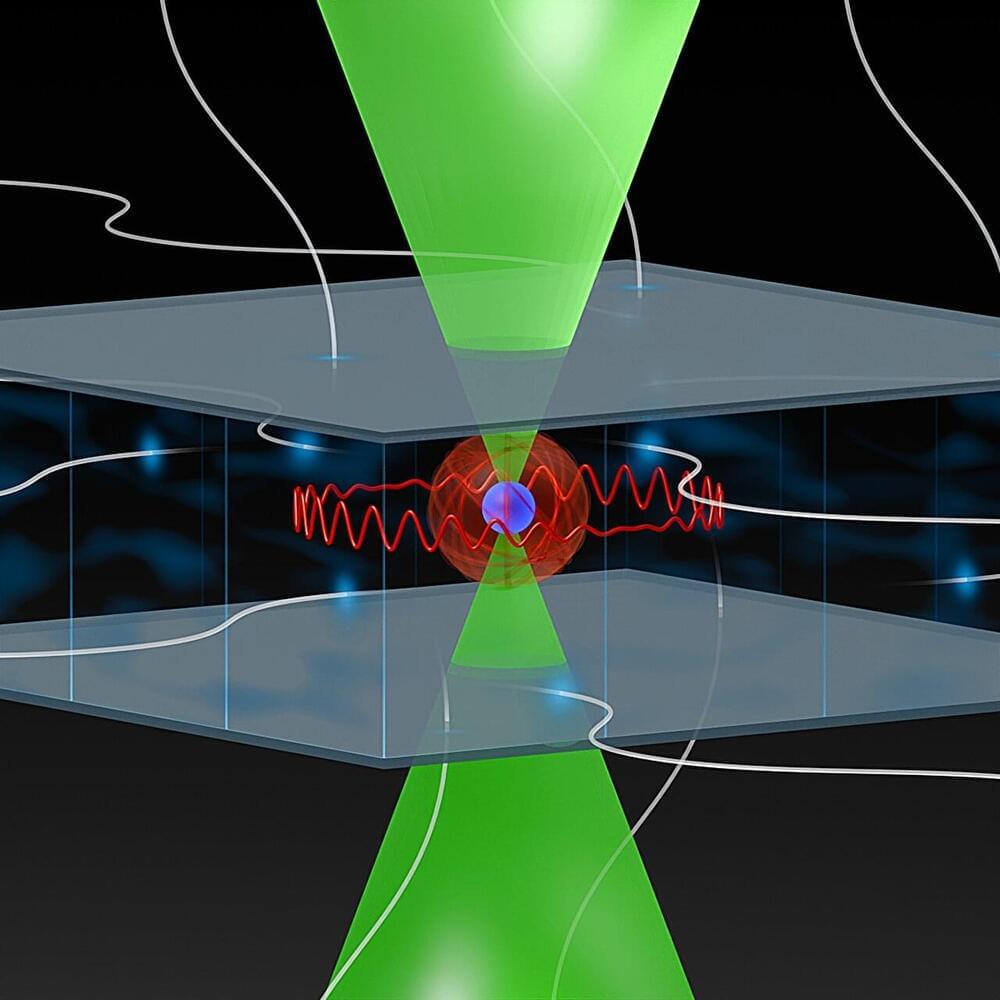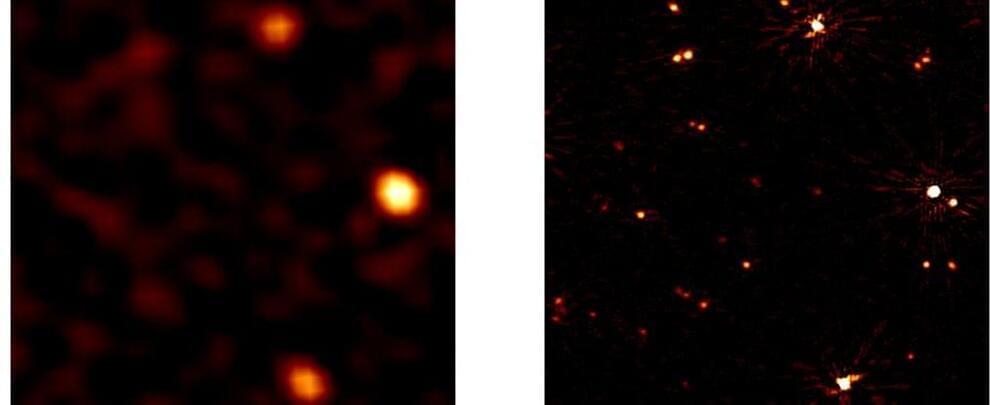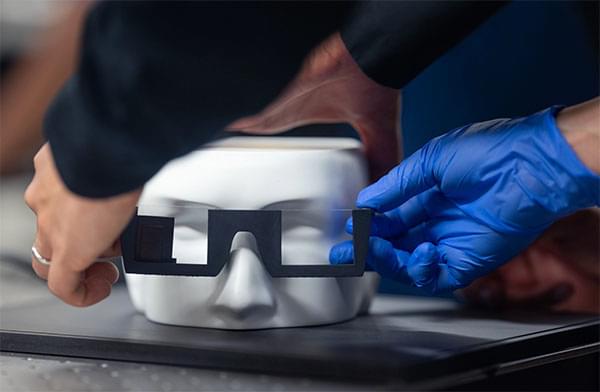The paper is published in the journal Physical Review X.
In the world of quantum computing and quantum simulation technology, there is a fundamental challenge when using neutral atoms: The lifetime of Rydberg atoms, which are the building blocks for quantum computing, is limited. But there is a promising solution: circular Rydberg states.
For the first time, the research team has succeeded in generating and capturing circular Rydberg atoms of an alkaline-earth metal in an array of optical tweezers.









